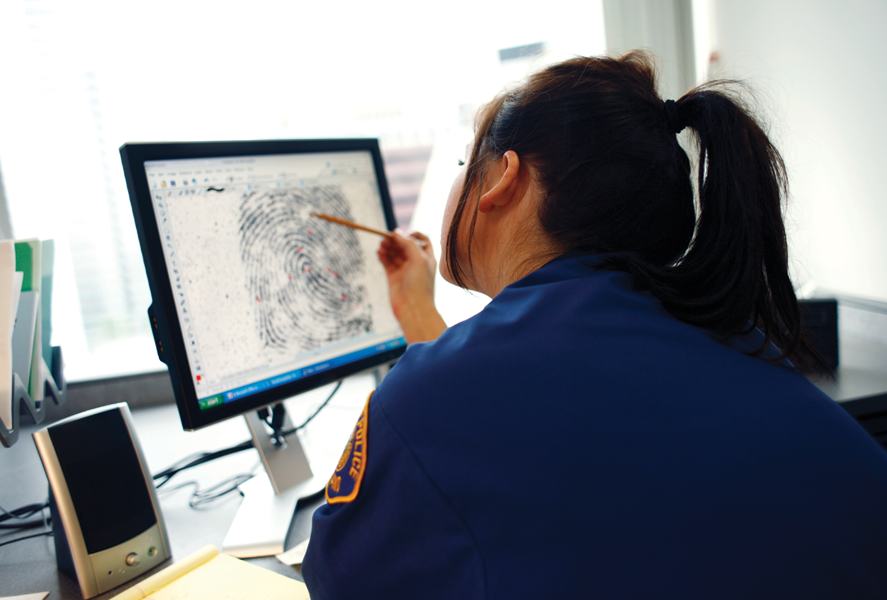Flawed Forensics
Scientifically sound forensic evidence is one of the cornerstones of the U.S. legal system. But recent research by a presidential advisory committee has questioned the soundness of some evidential techniques. This is only the latest critique of the practices of forensic science, which has faced a call for reform from some quarters.
The most recent research has its roots in another report, which was issued in 2009 by the National Research Council on the state of the forensic sciences. That report, conducted at the behest of the U.S. Congress, was highly critical; among many other things, it found that strong protocols and standards for reporting on and analyzing evidence were lacking.
In response, various initiatives were undertaken by different U.S. government agencies, and the National Commission on Forensic Science, aimed at raising forensic standards, was formed. Additionally, in 2015, the Obama administration asked the President’s Council of Advisors on Science and Technology (PCAST) to investigate additional scientific steps that could help ensure the validity of forensic evidence used for legal matters. PCAST is a presidentially appointed advisory group of scientists and engineers.
As requested, PCAST produced a report, Forensic Science in Criminal Courts: Ensuring Scientific Validity of Feature-Comparison Methods, issued several months ago.
The report found two existing knowledge gaps. The first gap was the need for more clarity regarding the scientific standards upholding valid forensic methods. The second gap was the need for specific forensic methods to be evaluated, to better prove their validity.
To help close these gaps, the report examined seven forensic “feature-comparison” methods, which are used to determine whether an evidence sample is associated with a potential source sample, such as from a suspect.
The seven methods evaluated were for DNA analysis of single-source and simple-mixture samples, DNA analysis of complex-mixture samples, bite marks, latent fingerprints, firearms identifications, footwear analysis, and hair analysis.
Based on their analysis, PCAST recommended that judges should not admit into evidence four of the methods: bite marks, firearms identifications, footwear analysis, and hair analysis.
PCAST also suggested that judges be cautious when admitting DNA from complex-mixture samples, and it recommended that juries be advised that fingerprint examinations have a high error rate.
Several months after the release of the PCAST report, another significant development occurred: the U.S. Department of Justice announced that it was disbanding the National Commission on Forensic Science. Some experts now say that the absence of research and guidance from the commission could make the future task of challenging questionable scientific evidence in court even harder.
“Even if defense attorneys jump up and down and complain about [questionable evidence], they won’t have the power of a national commission to back them up,” Erin Murphy, a professor at New York University School of Law, told the Associated Press in April. “The status quo right now is to admit it all. The status quo is where things are likely to stay.”
